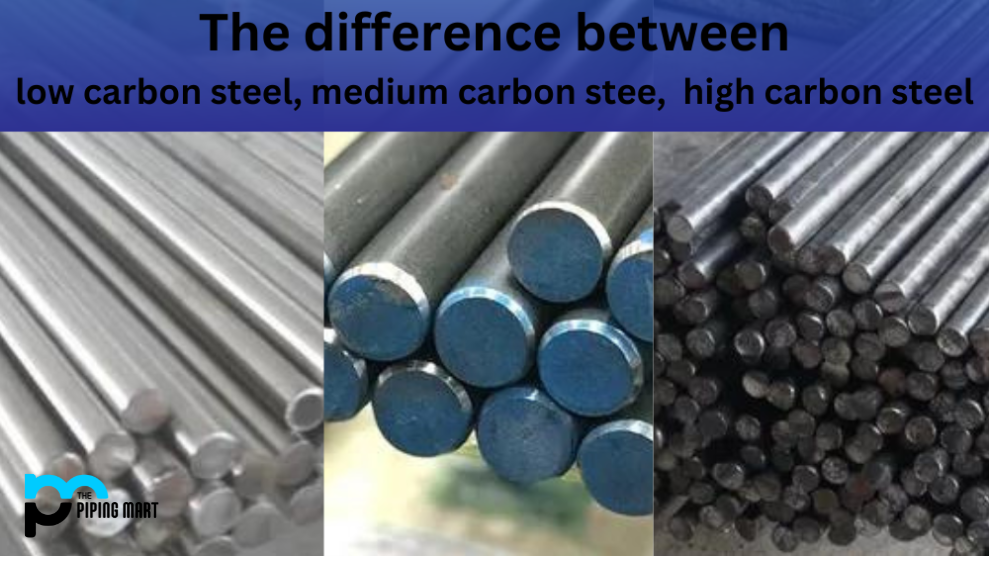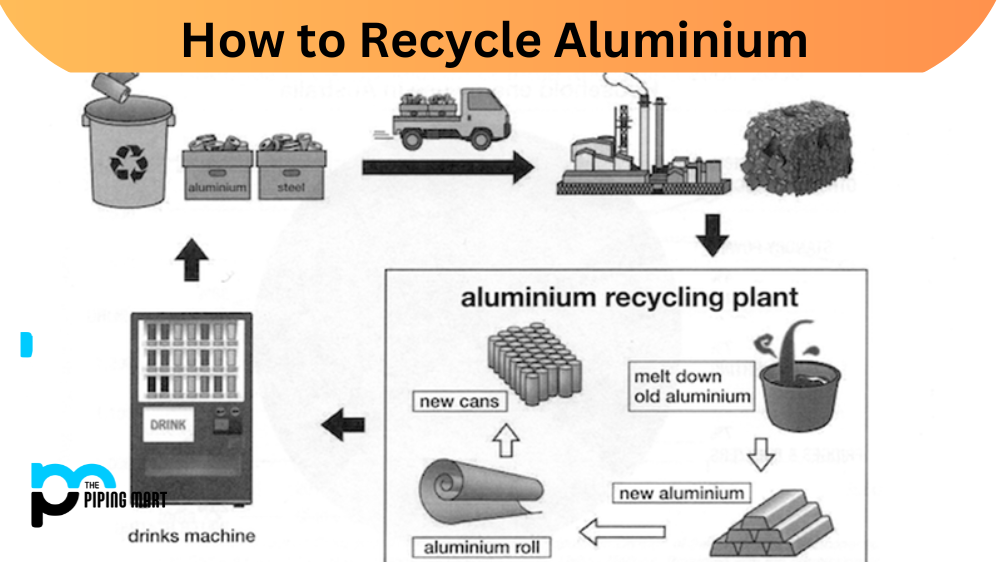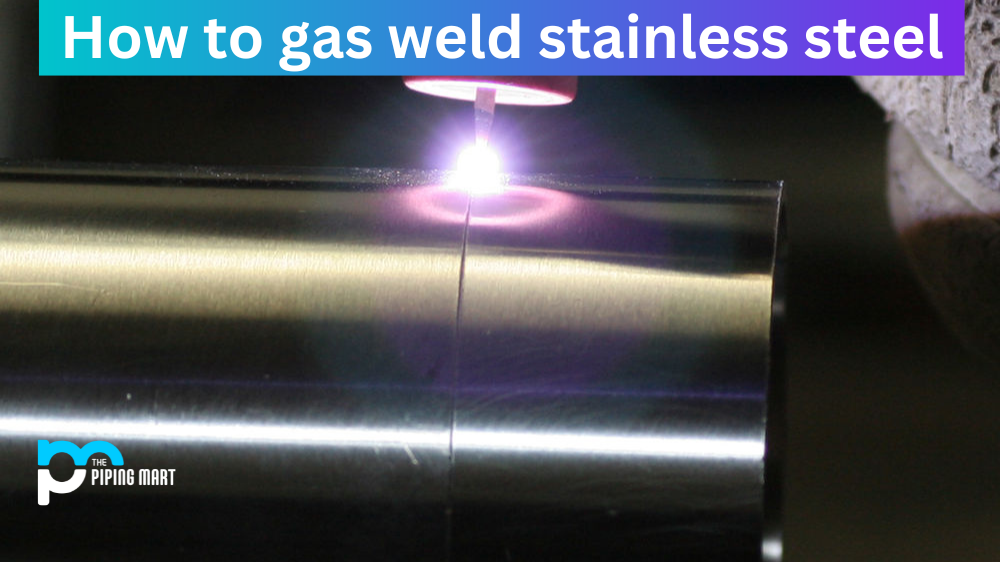When welding carbon steel, you must know which type of steel you are working with. Depending on the alloy content of the carbon steel in question, weldability can vary greatly. Low-carbon steel is the most weldable because it contains a low amount of alloying elements and is more ductile. Medium carbon steel has between 0.3-0.6% of alloying elements and requires preheating before welding for optimal results. High-carbon steel has higher amounts of alloying elements, making it harder to weld and stronger than its low-carbon counterparts.
Low Carbon Steel
Low-carbon steel contains less than 0.3% carbon and less than 0.6% manganese, making it the most weldable carbon steel due to its ductility characteristics. Low-carbon steels like 1018 and A36 have an excellent cold forming and welding properties and good machinability without special treatment or preheating before welding. Low-carbon steels are also often used for structural components such as I-beams due to their high strength and flexibility characteristics.
Medium Carbon Steel
Medium carbon steels contain between 0.3-0.6% of manganese and up to about 0.5% of silicon which helps improve its hardness and strength over low-carbon steels while still maintaining its ductility characteristics allowing for excellent machinability without any unique treatments or preheating before welding. Examples include 1045, 4140, 4130, 1060, 8620, 52100, etc. They are commonly used in applications that require increased strength over what low-carbon steels can provide, such as automotive components like crankshafts or axle shafts where additional strength is needed while still maintaining enough ductility to allow for cold forming processes like forging or stamping if needed in addition to welding operations.
High Carbon Steel
High-carbon steels contain up to 2% of manganese and up to 1% silicon making them much harder than other forms of steel but with reduced toughness compared to low-carbon steels due to their higher levels of alloying elements, which make them more difficult to weld without preheating before welding operations at much higher temperatures than what is required when working with lower alloys like medium or low-carbon steels. Examples include 1080/1095 spring steels, as well as some tool steels such as O1 or A2, etc. These types of materials are typically used in applications that require the highest levels of wear resistance, such as knives blades or saw blades, where toughness is not necessarily an issue since they will not be subjected to large impacts that would cause them breakage, unlike a structural component like an I beam made from a medium or low-carbon material.
Conclusion
All three grades of carbon steel have their own unique characteristics that make them suitable for different applications based on their specific properties and welding requirements associated with each grade level (low, medium, high). Low-carbon steel is generally considered the most weldable grade due to its relatively high ductility characteristics while still offering adequate strength levels, making it ideal for structural components like I beams or other similar load-bearing structures that need both strength and formability combined within one material type, whereas medium & high-carbon materials offer increased hardness & strength levels along with decreased formability & toughness when compared against low-carbon grades giving them better wear resistance capabilities which makes them ideal for applications that require abrasive wear protection from tools such as saw blades & knives, etc. Knowing how each type behaves during the fabrication process will help you determine which grade best suits your specific application needs, so always seek professional advice before making any decisions regarding the correct material selection for your project!
Sakshee is a talented blogger, with a particular focus on the Business and Metal Industry. She is passionate about sharing her insights on various metal products and helping professionals to make a better decisions.




